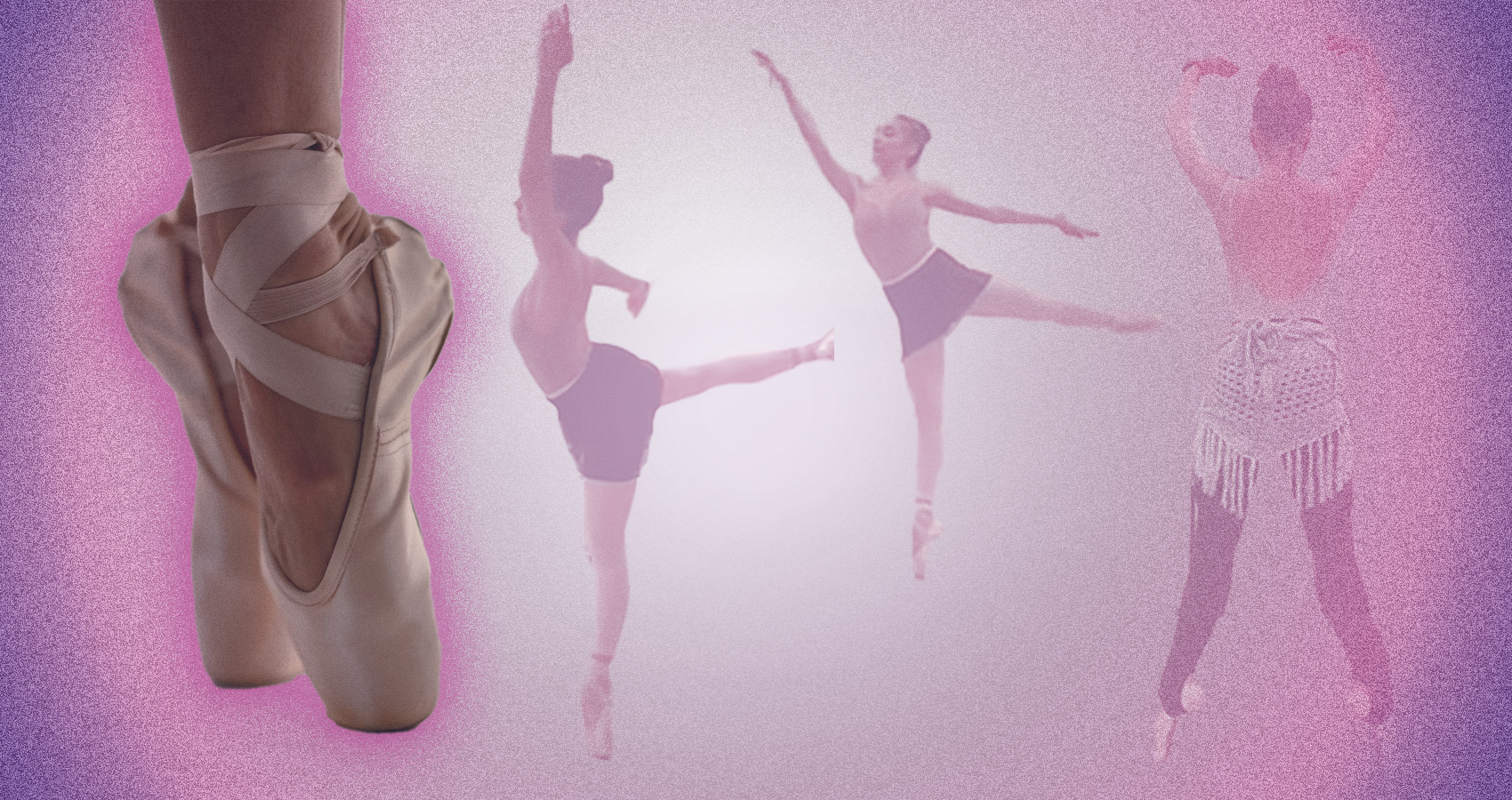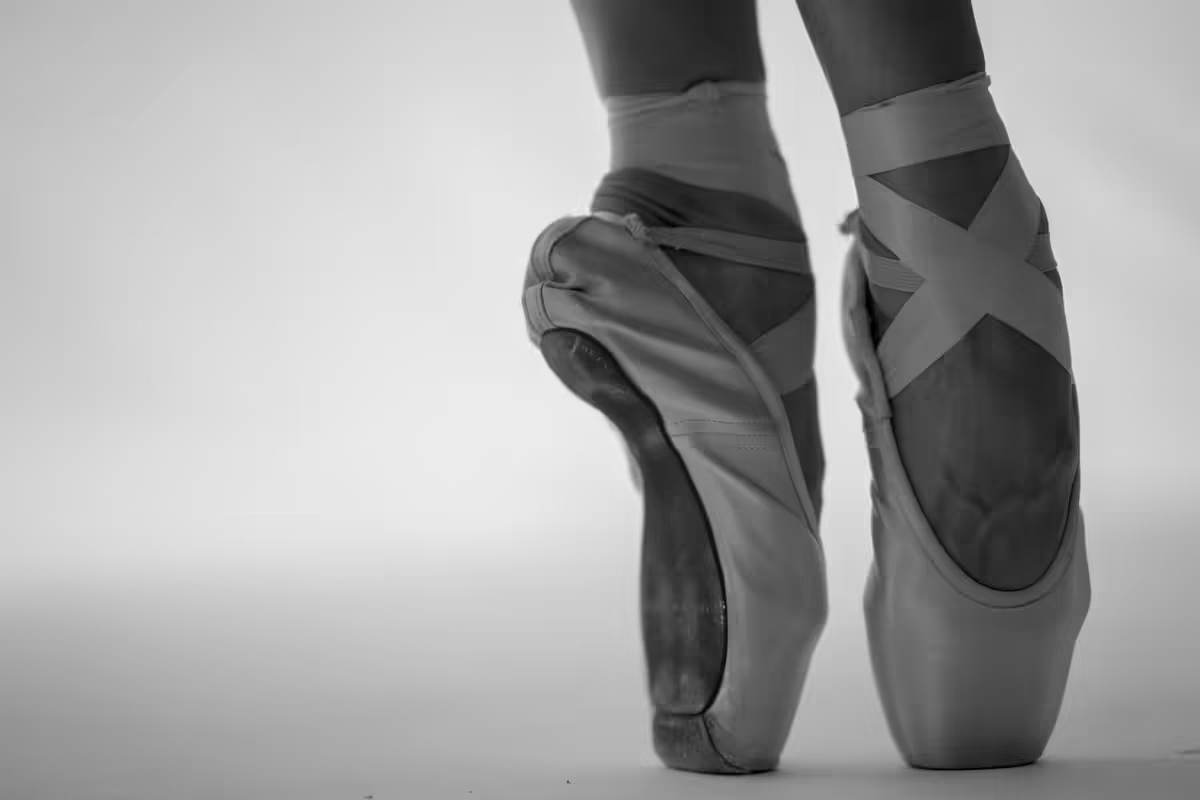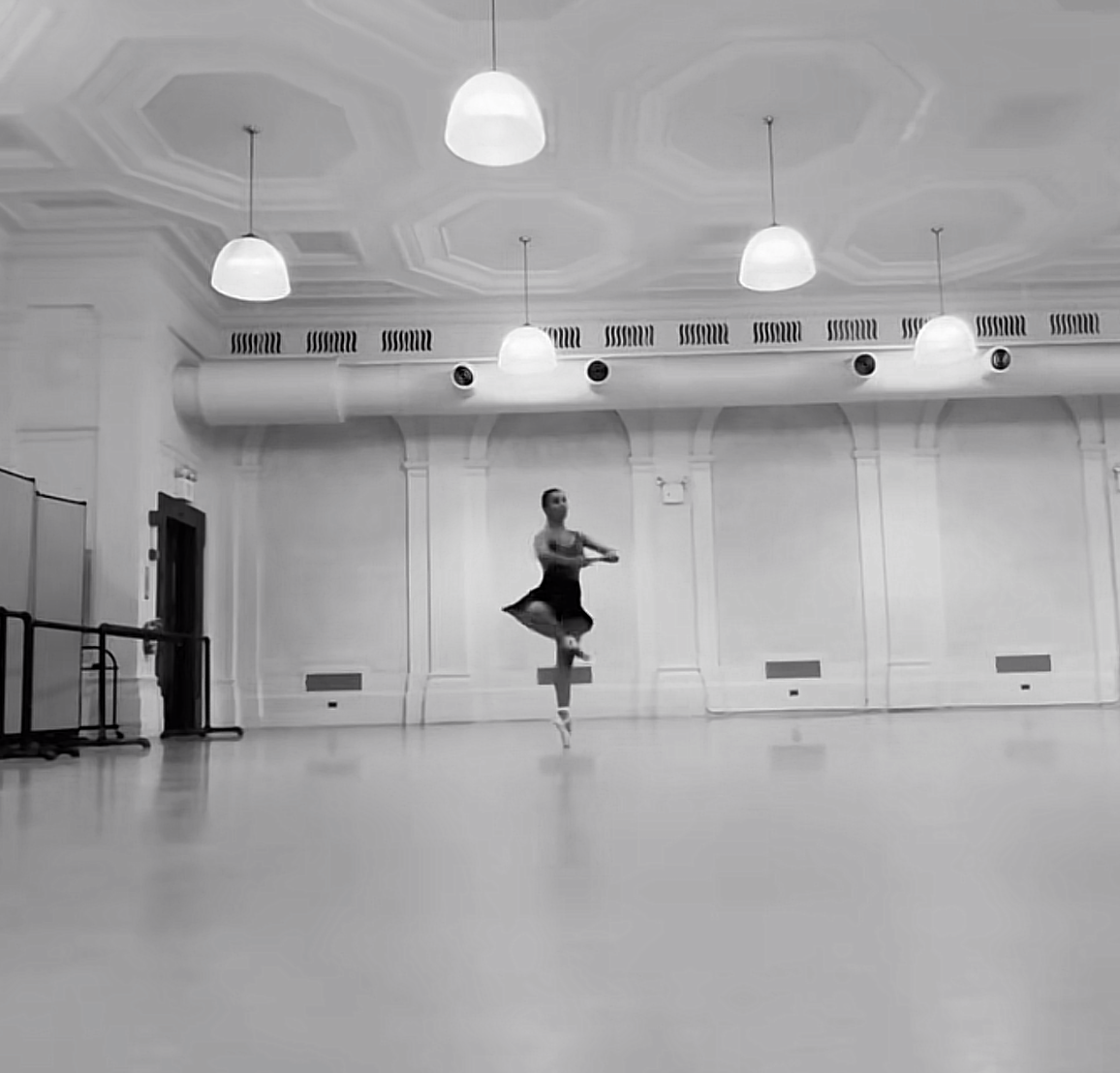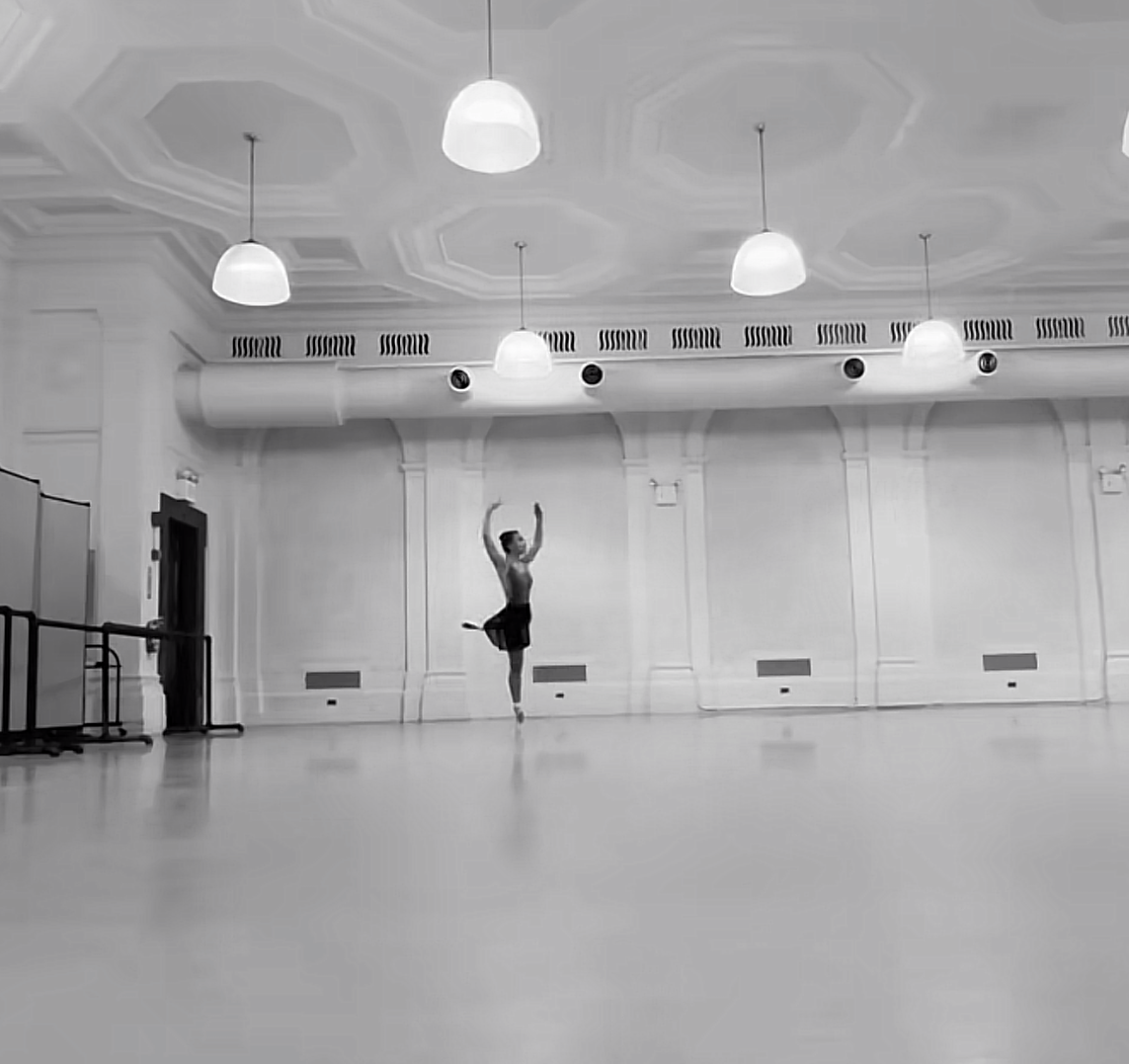
Poise Starts Within: How Ballerina Elisa Molinari Found Strength in Stillness
Why Elisa Molinari trains for recovery, not just performance.
Behind the grace and athleticism of a dancer is often a body in survival mode. In an art form defined by relentless movement, professional ballet dancer Elisa Molinari learned that staying in the profession meant building a system for physical and mental balance that doesn’t rely on adrenaline.
Now a Senior Artist with New York’s Ajkun Ballet Theatre, Elisa has trained her body not just to perform, but to recover. With yoga and Pilates as part of her rhythm, she’s built a practice that supports both her stamina and stability.
From Genoa to New York: A Career Built on Discipline

Born and raised in Genoa, Italy, Elisa started ballet at age four. By thirteen, she had moved to Florence alone to train full-time at the Accademia Internazionale Coreutica. It wasn’t long before international competitions and prestigious workshops filled her calendar—Berlin’s Tanzolymp, Miami IBC, and VKIBC in New York, to name a few.
Since then, her career has included soloist roles in La Bayadère, The Nutcracker, and Tango Nights with the Ajkun Ballet Theatre. But as her repertoire grew, so did the physical toll.
Beneath the stage lights, long rehearsal weeks and performance demands revealed a limit that typical conditioning alone couldn’t resolve. That’s what led her to disciplines often overlooked in traditional dance settings: yoga and Pilates. Rather than accessories to her training, she considers both practices central to her career longevity.
“I value hard work, resilience, and the ability to stay humble while continuously learning,” she says. “That’s why I’m passionate about yoga and Pilates—disciplines that have supported my development both as an artist and a person.”
More Than Flexibility: Discipline That Extends Offstage

What started as supplemental stretching soon became indispensable. Yoga helped Elisa regulate her breath and reconnect with her body. Pilates brought core control and muscular balance, critical during long choreography runs.
During Ajkun’s demanding tour in Kosovo, Elisa danced three shows in tight succession. Jet lag and stage stress made recovery a priority. She turned to yoga to settle her mind and Pilates to keep her joints aligned.
The result wasn’t just fewer aches, but consistency. She noticed fewer lapses in timing and better mental focus between acts. And she’s carried that strategy forward. The quiet practices—where progress isn’t measured by how high you jump—are where she learned the most about endurance.
The Structure Behind Stamina: What Keeps Elisa Performing Longer

Longevity in ballet isn’t guaranteed. Most dancers see their careers shortened by injuries and mental fatigue, but Elisa’s long game is different. While her schedule remains intense with rehearsals and live performances, she makes sure to include planned recovery in between.
The sustained excellence—grace over time—of the dancers she admires is what inspires her. And she knows it doesn’t come from willpower alone. It requires a mindset that values recovery, consistency, and technical clarity. Yoga and Pilates became central to that process.
Pilates helps her correct the imbalances that come from repetitive roles. Yoga reinforces breath control and mobility. Neither practice is flashy, but both are essential for staying stage-ready without sacrificing long-term stability.
Dancers often burn out by 30. Elisa wants to perform well beyond that, and she knows that means investing now in practices that support her from the inside out. In fact, she plans to pursue instructor certifications in both Pilates and yoga. Her goal is to eventually offer workshops designed specifically for dancers and to teach what no one formally teaches: how to care for your body and mind in an art form that demands both.
The Art of Moving With Purpose

In any high-performance field, longevity depends less on pushing harder and more on building systems that can sustain your output. Just as a ballet dancer needs time off pointe to build control, professionals in every field need space away from output to regain clarity.
For Elisa Molinari, that structure is built on yoga and Pilates. These practices don’t just make the body more functional—they make the entire system more adaptive. Breath, alignment, and internal focus now define her rhythm, and they’re the reason she’s still dancing.
Her experience speaks to anyone balancing ambition with pressure. Elisa didn’t wait for burnout to adjust her training. She treated recovery as an integral part of progress and, in doing so, built a rhythm she can grow with.











